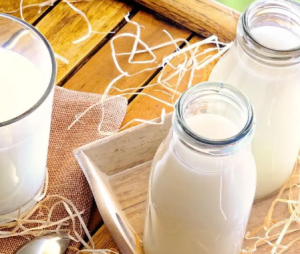Product Information
Chemical formula: NaHCO3
Molecular weight: 84.01
CAS:144-55-8
EINECS:205-633-8
Water solubility: soluble in water, insoluble in ethanol
Density: 2.20 g/cm ³
Appearance: white crystal, or opaque monoclinic fine crystal
Safety description: S24/25
Application
Industrial use
Sodium bicarbonate can be used to produce acid-alkali fire extinguishers and foam fire extinguishers. In the rubber industry, sodium bicarbonate can be used to produce rubber and sponge. In the metallurgical industry, sodium bicarbonate can be used as a flux for casting steel ingots. In the mechanical industry, sodium bicarbonate can be used as a molding assistant for cast steel (foundry) sand mold.
Food processing purposes
In food processing, sodium bicarbonate is the most widely used loosening agent, which is used to produce biscuits, bread, etc. It can be used as a color protection agent for fruits and vegetables in vegetable processing. When washing fruits and vegetables, adding about 0.1%~0.2% sodium bicarbonate can make the green stable.


Agricultural and animal husbandry purposes
Sodium bicarbonate can be used for agricultural seed soaking, and can also make up for the deficiency of lysine content in the feed. Dissolving sodium bicarbonate in a small amount of water or mixing it into concentrate to feed cattle (adding it appropriately) can promote the growth of cattle, and can also significantly improve the milk yield of cows.


Safety Measures
Environmental hazards
Sodium bicarbonate is generally harmless to water. Do not discharge materials into the surrounding environment without government permission.
Leakage treatment
Isolate the contaminated area and restrict access. It is recommended that emergency personnel wear dust masks (full face masks) and general work clothes. Avoid raising dust, sweep it carefully, put it in a bag, and transfer it to a safe place. If there is a large amount of leakage, cover it with plastic cloth and canvas. Collect and recycle or transport to the waste treatment site for disposal.
